

"Drill for oil? You mean drill into the ground to try and find oil? You're crazy."
You've heard the story more than once. There are always naysayers, just before something or someone takes off. Most times, it occur right before creating an entire new industry. As we talked about in our Exploration, Drilling and Production Sub-Industry page, Edwin Drake discovered the first underground oil reservoir near Titusville, Pennsylvania, after drilling a well only 69 feet deep.
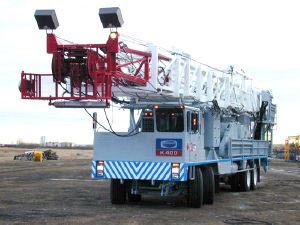
Servicing Rig
To the naysayers from back in 1859, the answer is Yes, there are companies that drill for Oil and Gas. And yes, there are even companies that only specialize in providing necessary equipment and technical services for drilling.
The Oilfield equipment and services industry involves companies that do not directly own wells or produce crude oil. Instead, these companies provide the specialized equipment, expertise, services and skills needed for producing oil. Companies usually fall into one of two camps, those that rent drilling rigs and those that provide various services.
Oilfield service companies help drilling companies by setting up oil and gas wells. These companies assist in manufacturing, repairing and maintaining the equipment used in oil extraction.

Mapping the geographical structure underneath the surface
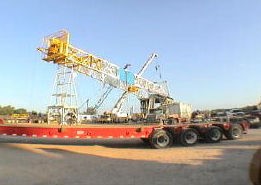
Moving land and water rigs

Specialization in horizontal drilling
Many of the hazards found in the oilfield equipment and serves industry are similar in nature to those highlighted in our drilling sub-industry page. In addition, though, there are intricate hazards that occur when rigging up a well for the first time.
Rigging up and rigging down involves moving and transporting a rig from one site to the next. It requires positioning and constructing various portions of equipment and initially putting together the rig for drilling.
Here are the steps to rigging up and the unique hazards associated with each step:
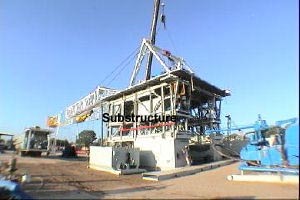
Equipment is unloaded near the exact drilling location
Common Hazards Include: Struck by the crane and burns from cutting/welding
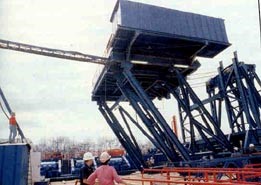
Setting up the rig floor
Common Hazards Include: Struck by swinging equipment and falling tools.
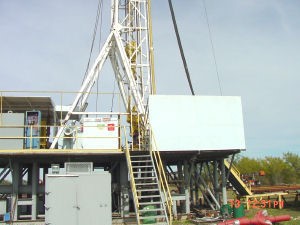
Installed for safety and access to the rig
Common Hazards Include: Slips and falls
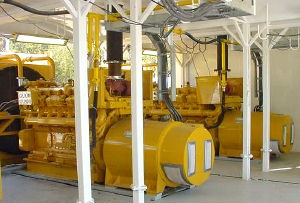
Power is needed to operate rig equipment
Common Hazards Include: Pinch points and chemical hazards
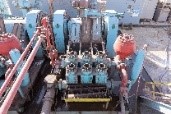
Mud tanks and pumps are set
Common Hazards Include: Pinch points and struck by hammer when connecting mud lines
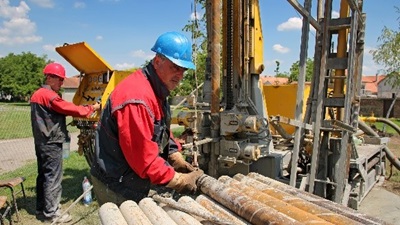
Pipe racks are positioned
Common Hazards Include: Crushed when setting up pipes
For more precise information on Rigging up, visit OSHA's Oil and Gas Well Drilling Servicing eTool.
Here is a look at the companies you find operating across this industry segment.
| Company | Employees |
|---|---|
| Baker Hughes | 70000 |
| Halliburton Company | 50000 |
| Schlumberger Omnes, Inc. | 38916 |
| National Oilwell Varco | 37000 |
| Phillips 66 | 14800 |
| Weatherford International, LLC | 13980 |
| Conocophillips | 13300 |
| Patterson-UTI Drilling | 8000 |
| Baker Hughes | 70000 |
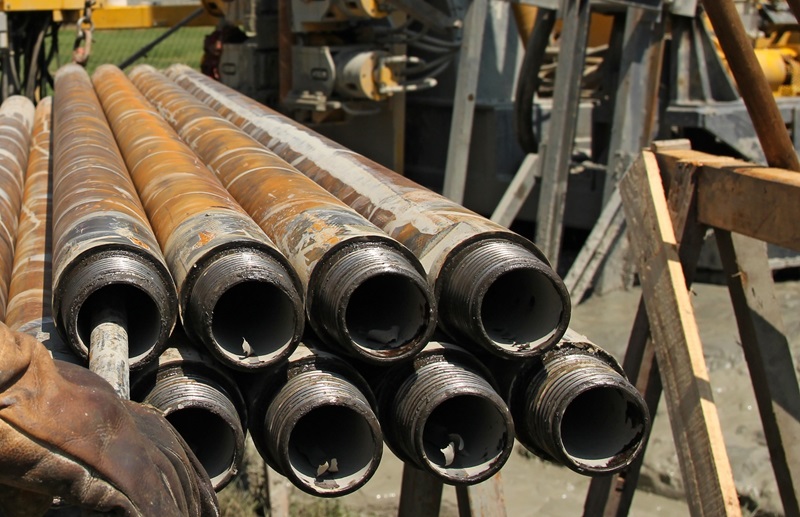
Here is a look at the top occupations found across this industry and the above top 10 US refineries: (Click an occupation to expand and learn more.)
Perform tasks involving physical labor at construction sites. There are roughly around 21,000 of these workers found in Exploration, Drilling and Production. You will find these workers using hand tools, repairing drilling equipment, and transporting materials. Helper, Laborer, Post Framer, and Construction Worker.
Install, repair, and maintain mechanical regulating and controlling devices and other mechanical governors. There are a little over 500 of these workers in Exploration, Drilling and Production. You will find these workers repairing mechanical control devices, lubricating mechanical parts, and installing electric meters. Common job titles for this worker are Control Valve Technician, Service Technician, and Valve Technician.
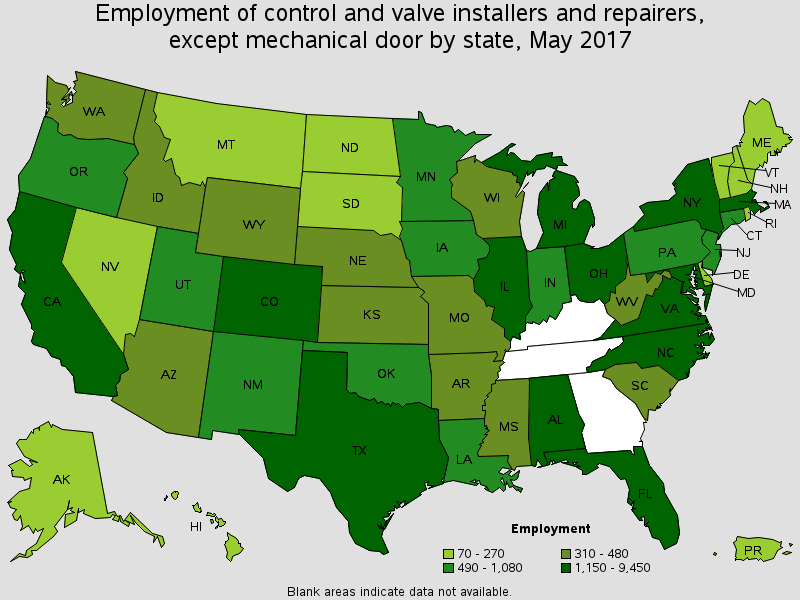
Employement of Control and Valve Installers and Repairers
Rig derrick equipment and operate pumps to circulate mud through drill holes. There are around 9,200 of this occupation employed in Exploration, Drilling and Production. You will find these workers inspecting derricks, repairing mud tanks, and setting crown blocks to posts at the top of derricks. Common job titles for this occupation are Derrick Hand, Derrick Worker and Floor Hand.
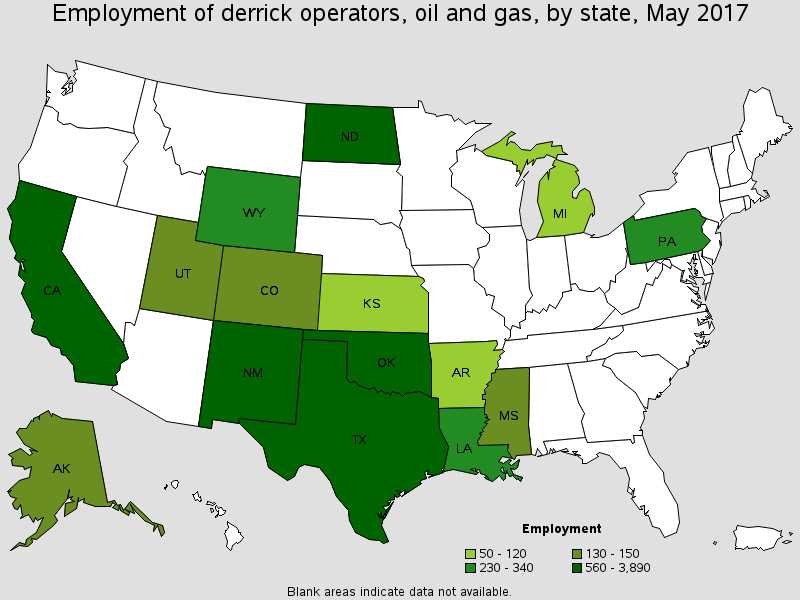
Employement of Derrick, Rotary Drill, and Service Unit Operators
Distribute or process gas by controlling compressors to maintain specified pressures on main pipelines. There are over 1,000 of these workers in Exploration, Drilling and Production. You will find this worker operating plant equipment, monitoring flammable products, and controlling compressors. Job titlees for this worker are Gas Controller and Plant Operator.
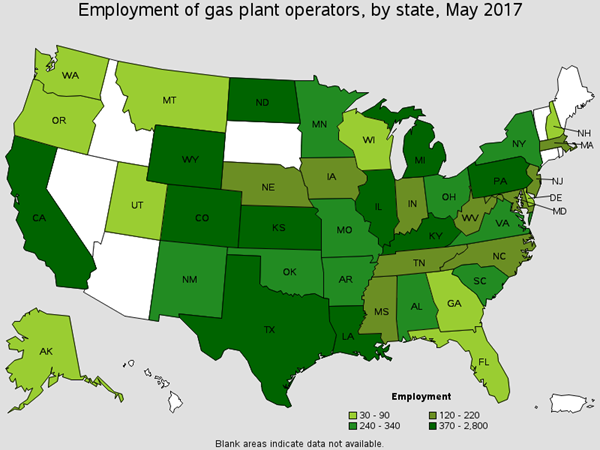
Employement of Gas Plant Operators
Gather samples such as rock, mud and soil. There are around 2,800 of these workers in Exploration, Drilling and Production. You will find these workers monitoring well exploration activities and analyzing drill cuttings. Common job titles are Data Technician and Technician.
Worker activities include repairing, installing, and adjusting industrial machinery. There are around 2,100 of this occupation works in Exploration, Drilling and Production. You will find these workers cutting and welding metal to repair broken metal parts. Job titles for this position are Fixer, Industrial and Master Mechanic.
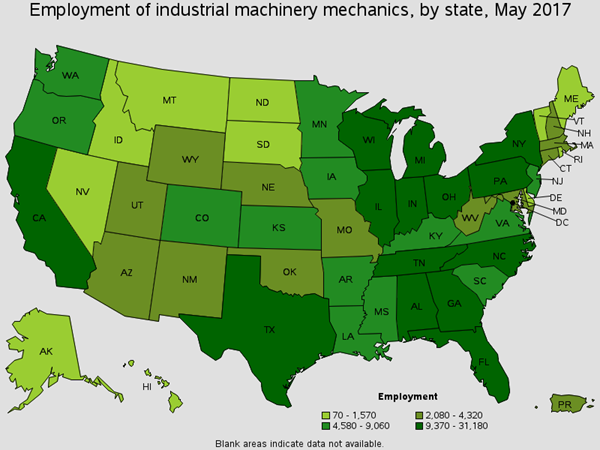
Employement of Industrial Machinery Mechanics
Lubricates machines, changes parts, and performs machinery maintenance. Exploration, Drilling and Production employs a little over 5,200 of these workers. You will find these workers cleaning machine and machine parts. Cleaning solvents, oil and metalworking fluids are a definite concern for these workers. Common Job titles for this position are Lubricator, Maintenance Man, and Oiler.
Help move materials across Exploration, Drilling and Production operations. There are around 10,000 of these workers in Oil and Gas extraction. You will find these workers operating conveyors, transporting materials, and operating machines. Common job titles are Laborer and Operator.
This occupation makes many of the PPE related decisions within a mine. They review, evaluate, and analyze work environments. This occupation also design programs and procedures to control, eliminate, and prevent disease or injury caused by chemical, physical, and biological agents or ergonomic factors. There are roughly around 1,000 of these workers found in Exploration, Drilling and Production. You will find these workers recommending safety measures and evaluating workplace safety equipment. Common Job titles for this position are Certified Industrial Hygienist; Chief Safety Officer; Corporate Safety Director; Director Employee Safety and Health; Environmental Health and Safety Manager; Environmental, Health, and Safety EHS Officer; Health and Safety Manager; Risk Control Consultant; Safety Consultant; Safety Specialist
Operate petroleum refining or processing units. There are around 3,800 of these workers in Exploration, Drilling and Production. You will find these workers monitoring gauges, opening valves to regualte the flow of oil, and operating manifold/pumping systems. Common Job titles for this position are Gauger, Head Operator, Pumper, and Refinery Operator
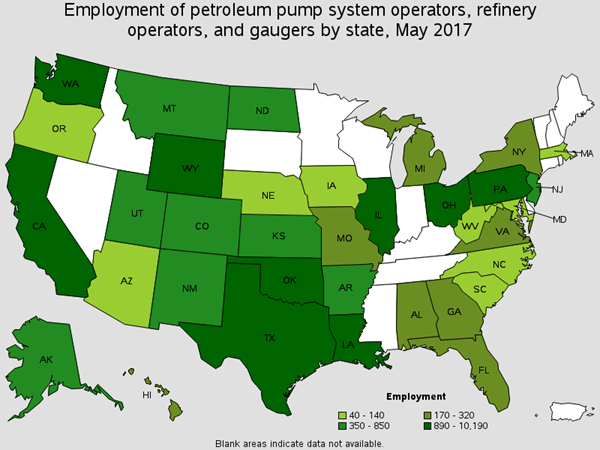
Employement of Petroleum Pump System Operators, Refinery Operators, and Gaugers
Monitor both input and output to ensure systems are working correctly. There are roughly 5,300 of these workers in Exploration, Drilling and Production. You will find these workers operating valves, engines, generators and pumps to keep everything running smoothly. Common job titles are Process Operator and Operator.
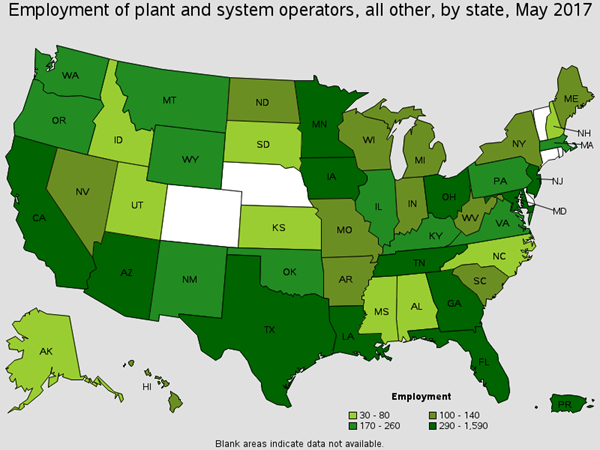
Employement of Plant and System Operators
Operate power-driven, stationary, or portable pumps to transfer gases, oil, other liquids, slurries, or powdered materials to and from various vessels. There are around 900 of these workers in Oil and Gas extraction. You will find these workers tending vessels that store gasses and turning valves. Common job titles for this position are Chemical Operator, Pipeline Operator, and Pumper.
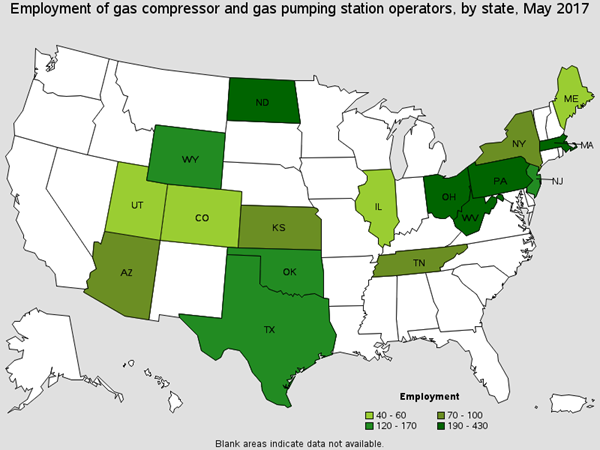
Employement of Pump Operators Station Operators
Operate a variety of drills to remove underground oil and gas. They also remove core samples for testing during oil and gas exploration. There are around 1,800 of these workers in Oil and Gas extraction. You will find this worker connecting sections of dril pipe, operating drilling equipment, and raising drill pipes. Common job titles for this occupation are Drill Operator, Driller, and Oil Rig Operator
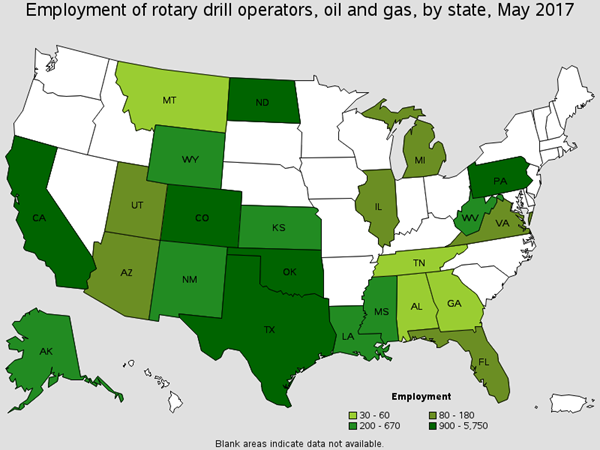
Employement of Rotary Drill Operators, Oil and Gas
Assemble and repair oil field equipment using hand and power tools. There are around 5,000 of these workers in Exploration, Drilling and Production. You will find these workers tightening pipes, casings and pump rods. The workers move a lot of peipe and bolt together a lot of pumps. Common job titles for this occupation are Floor Hand, Galley Hand and Rig Hand.
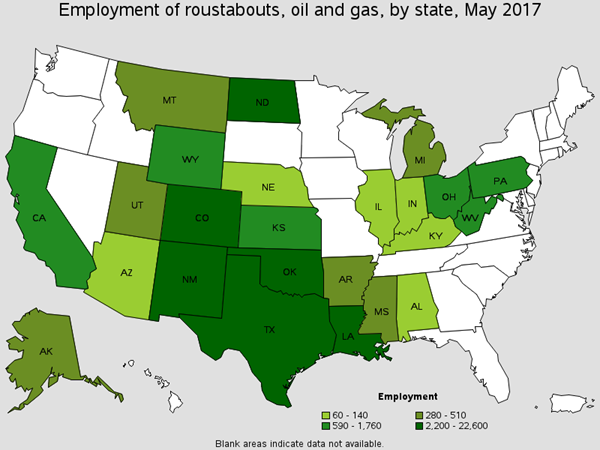
Employement of Roustabouts
Operate equipment to increase oil flow from producing wells. There are 6,400 of these workers in Exploration, Drilling and Production. They also remove stuck pipe, casing, tools, or other obstructions from drilling wells. You will find these workers installing pressure-control devices, maintaining safety inspections and operating cranes and other lifting equipment. Common job titles are Rig Operator, Tool Pusher, and Wireline Operator.
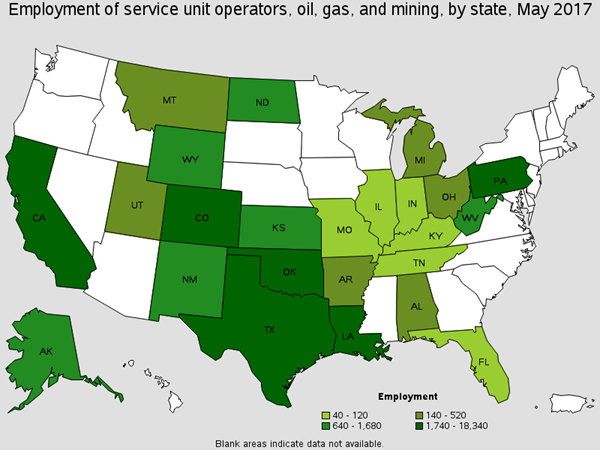
Employement of Service Unit Operators
Operate power pumps producing flow of oil or gas from wells. There are around 8,000 of these workers in Exploration, Drilling and Production. You will find these workers operating pumps, unloading pipes and pumping equipment, repairing oil gauges, and performing routine maintenance. Common job titles for this occupation are Oilfield Operator, Pumper, and Well Head Pumper.
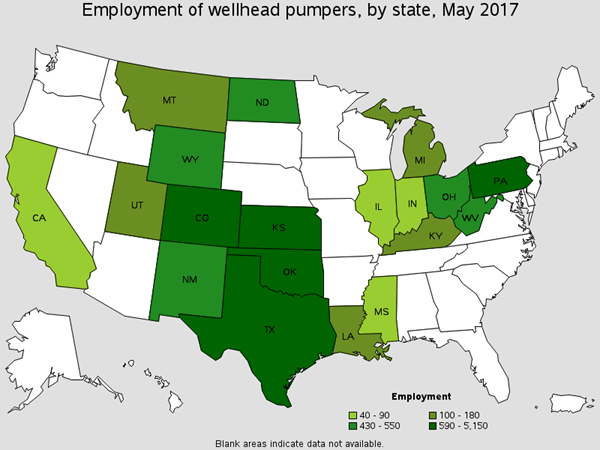
Employement of Wellhead Pumpers
Operate machines designed to cut, shape and form metal. There are roughly 400 of these workers in Oil and Gas extraction. You will find these workers fabricating metal products, lifting heavy materials and working with their hands. Common job titles are Sheet Metal worker and Welder. Be sure to check out our Metal Fabrication industry educational page.
Operate welding, soldering or brazing machines that weld, braze, or heat treat metal products. Exploration, Drilling and Production employs around 300 of these workers. You will find these workers adding material to work pieces, joining metal components, and annealing finished work pieces. Common Job titles for this position are Fabricator, Mig Welder, Spot Welder, Fitter-Welder, and Braze Operators.
Use hand-welding, flame-cutting, hand soldering, and brazing equipment to weld/join metal components, fill holes, indentations, or seams of fabricated metal products. Exploration, Drilling and Production mploys around 300 of these workers. You will find these workers welding components in flat, vertical or overhead positions. Common Job titles for this position are Maintenance Welder, Mig Welder, and Welder/Fabricator
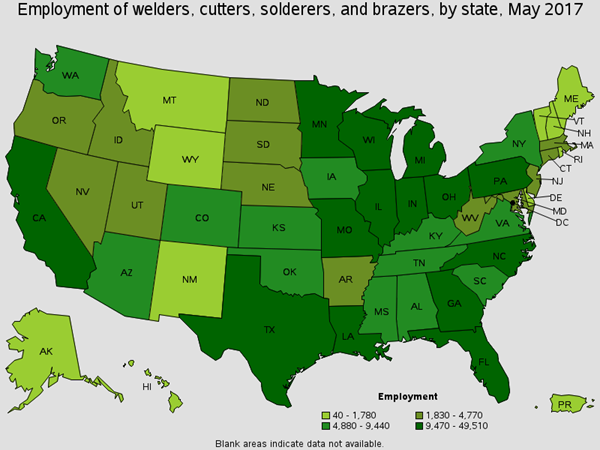
Employement of Welders, Cutters, Solderers, and Brazers
The most dangerous Oil and Gas sub-industry belongs to the Equipment, Services and Support industry. Pulling out casings, plugging wells and dismantling rigs are just a few of the activities that present hazardous working environments.
For every 100 employees, there are 3 incidents. The closest sub-industry to this one is Oil and Gas Extraction at 1.5 incidents, which still falls into what this industry specializes in and provides.
Workers have to be always work safely in this industry, which starts with the correct mindset.
"Don’t be safety blinded, be safety minded"
Sometimes, workers become blinded by the everyday familiar routines that are established. Unfortunately, this is when accidents are not far away from occurring... Being safety minded is the key to avoiding this trapped mindset.
At MCR Safety, we protect people! Staying safety minded is what we do.
Let us keep you protected when rigging up and servicing oil wells.
Find the right MCR Safety product that protects you against these common hazards.
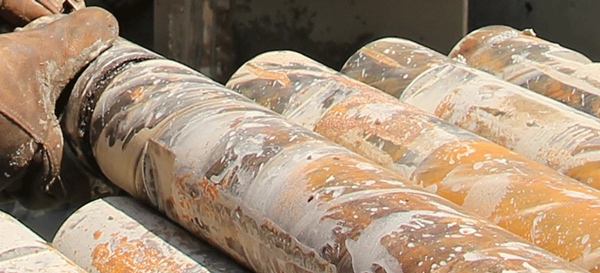
Heavy-duty wearing gloves are essential on a drilling rig. Check out our reinforced thumb-crotch ensuring added durability and longevity. Our premium leather gloves are not too shabby either!
Learn More About Abrasive Handling ProtectionCommon Applications:
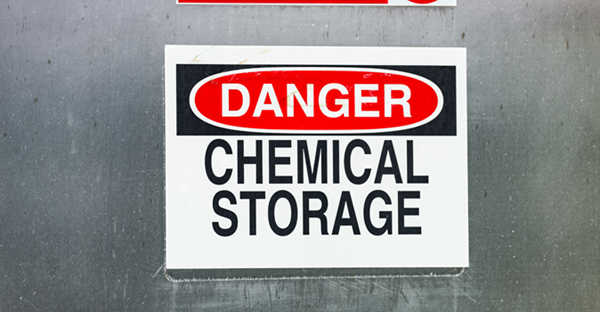
Hydrogen sulfide occurs naturally in oil and gas. You will need chemical gloves, face shields, and goggles when handling chemicals and opening pressurized systems. Check out our chemical permeation database.
Learn More About Chemicals and Liquids ProtectionCommon Applications:
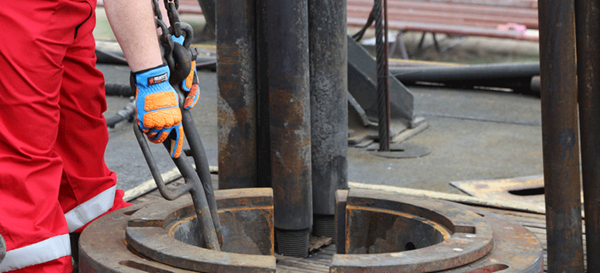
Blunt force impact is an everyday concern for a rigger. Impact protection is this worker’s best friend. Are you ready for the new impact impact standard?
Learn More About Crush and Impact ProtectionCommon Applications:
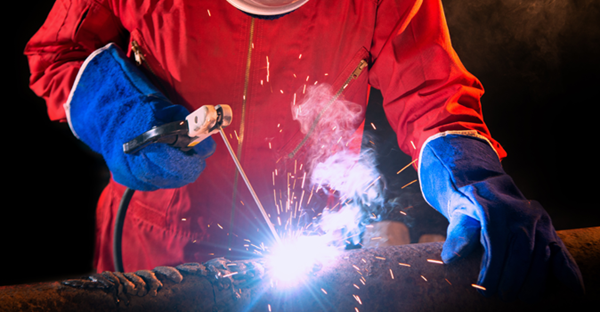
Joining metal components on an oil rig demands the best welding gear.
Learn More About Cutting and Welding ProtectionCommon Applications:
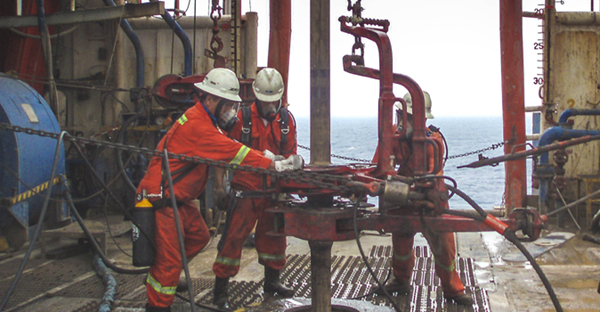
Exposure to fluids is a definite concern for oil production workers. Examples include drilling fluids, water-based mud, hydraulic oil, gear oil, and grease. You will need safety gear made to last!
Common Applications:
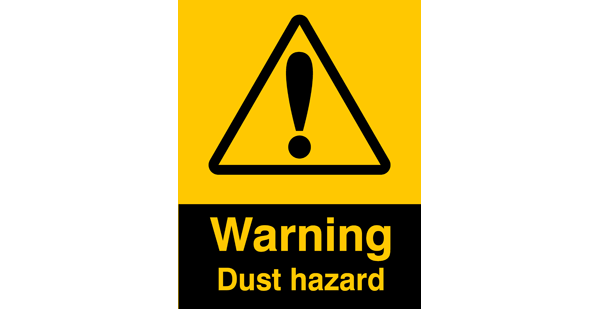
Silica is the basic component of sand and rock, meaning dust exposure is common during hydraulic fracturing operations. Conveyor sand, operating engines and motors are all concerns for getting dust in your eye. Lined eyewear will keep it out of your eyes!
Learn More About Dust ProtectionCommon Applications:

Explosions caused by a spark igniting certain vapors or gases is a major concern for workers. Flame resistant gear is mandatory across all production platforms, drilling rigs, and construction barges. Max Comfort gear will keep you safe!
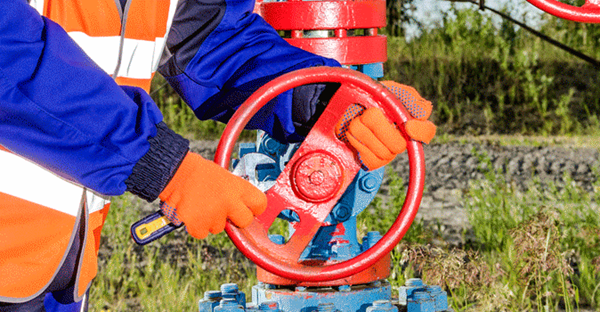
Dotted cotton gloves are an industry favorite for light general maintenance. From oil absorption, cushioning and insulation, cotton gloves are still loved by many.
Learn More About General Hazards ProtectionCommon Applications:
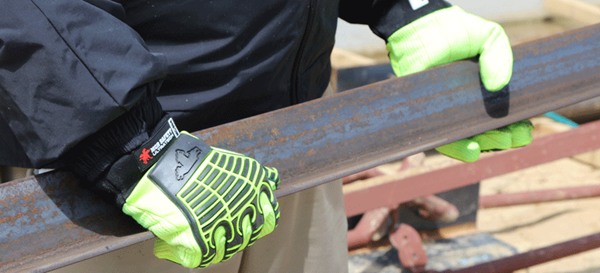
Would you like to keep wearing your cotton gloves and have the back of your hand protected? Checkout our MC504!
Common Applications:
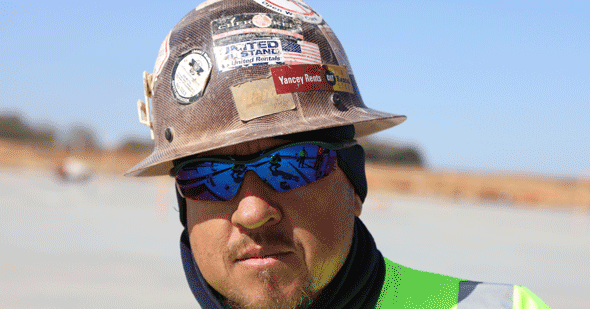
There is no shortage of activities on a drilling rig where a worker’s eyes need protected. Splashing chemicals, flying debris, and sparks are concerns every Oil and Gas worker faces.
Learn More About Impaired Vision ProtectionCommon Applications:
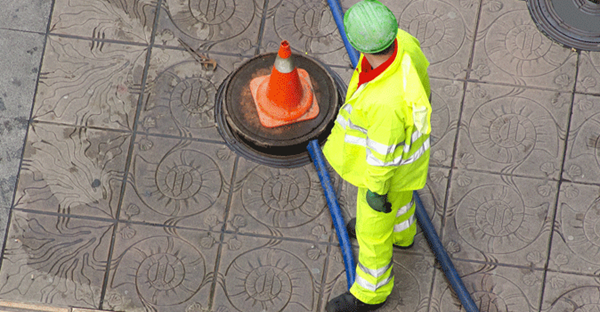
Working in the rain and around liquids, plus staying FR compliant has always been a challenge. Not anymore, with Big Jake rainwear protecting workers from ARC flash hazards!
Common Applications:
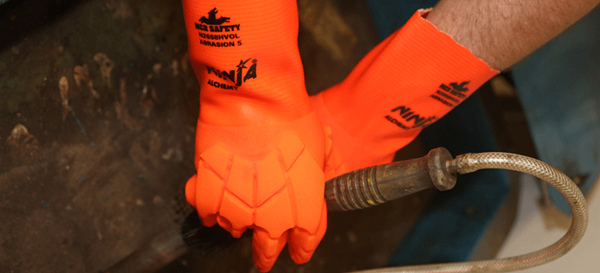
High-risk activities demand high impact gear! 56% of all recordable incidents in 2014 for Oil & Gas were attributed to "struck by" and "caught between” objects. Back-of-hand protection is a lifesaver, when working with oils, liquids, muds and objects that roll/pinch. Check out our brand new Ninja Alchemy.
Common Applications:
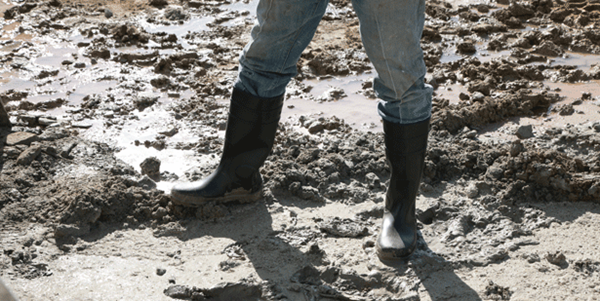
You are going to need steel toed boots for protecting your feet from falling overhead objects, dropped objects and liquid exposure.
Learn More About Liquid and Dropped Objects ProtectionCommon Applications:
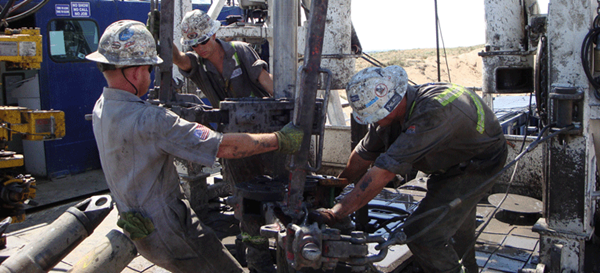
Do you need excellent grip working around lubricants, muds and oil. Our new Max Grid pattern takes first prize when it comes to gripping in oil!
Learn More About Oily Grip ProtectionCommon Applications:
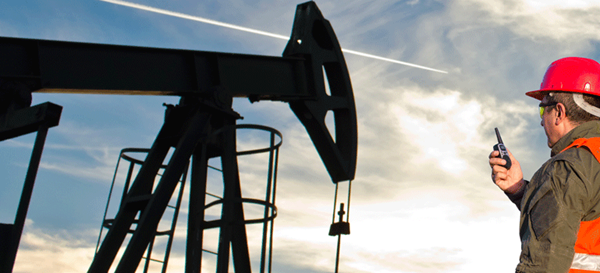
High performance gloves are what these workers demand when maintaining pumps and turbines.
Learn More About Pump Maintenance ProtectionCommon Applications:
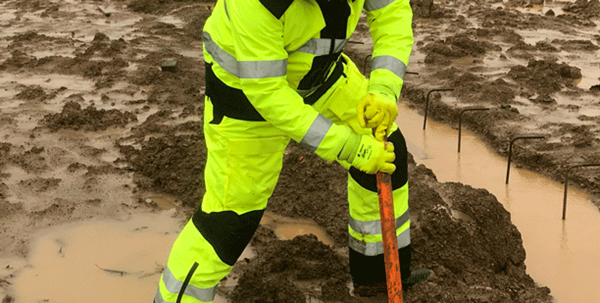
Working outside involves facing Mother Nature head on, meaning wet conditions are always a concern. HPT coated gloves repels liquids providing a firm wet or dry grip!
Learn More About Repelling Water ProtectionCommon Applications:
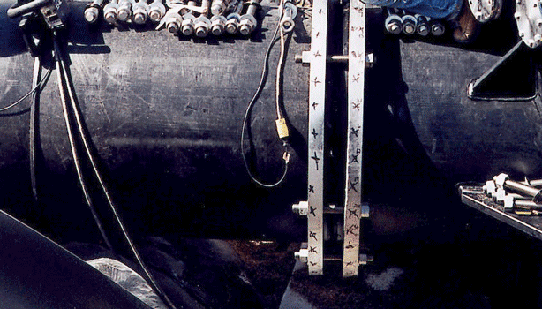
Upstream workers are always exposed to sharp metal. Cuts and Lacerations make up 7 percent of all oil and gas injury claims.. Rest assured, we simplify the selection process on our cut protection page. Grip with confidence next time you are handling heavy iron, jagged material and sharp metal!
Learn More About Sharp Objects ProtectionCommon Applications:
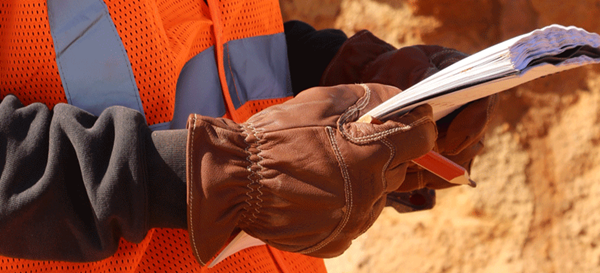
Hi-Viz garments distinguish oil and gas workers keeping them seen across drilling operations.
Learn More About Visibility ProtectionCommon Applications:
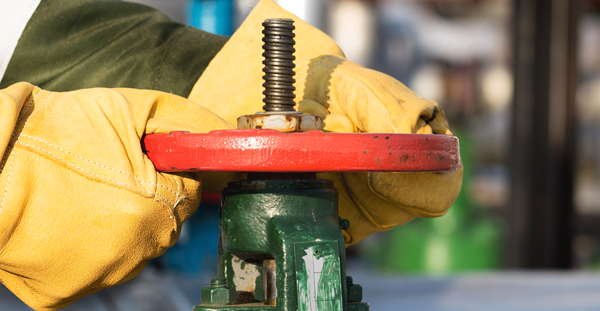
By incorporating a "Watch Your Hands" logo on the back of the glove, oil and gas workers are reminded of the constant hazards faced.
Learn More About Watch Your Hands ProtectionCommon Applications:
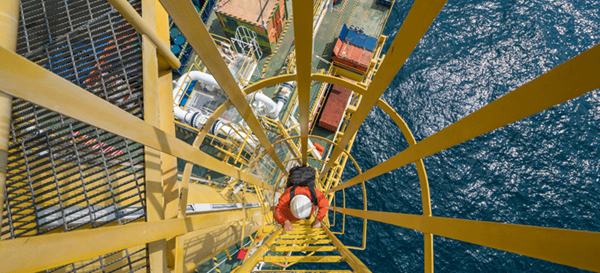
Goggles are excellent for overhead work where particles might fall. They also keep the wind from distracting high-risk work! Impact and chemical protection is a nice feature too.
Learn More About Windy Conditions ProtectionCommon Applications:
 Why MCR Safety Products?
Why MCR Safety Products? 
MCR Safety manufactures and supplies Personal Protective Equipment (PPE). Simply put, WE PROTECT PEOPLE! We are known world-wide for our extensive product line depth surrounding gloves, glasses, and garments spanning across numerous industries. We offer the total package of safety gear encompassing industrial gloves, safety glasses, protective garments, welding gear, industrial boots, Flame Resistant (FR) gear, face shields, and much more. From a glove standpoint alone, MCR Safety manufacturers and supplies over 1,000 different style gloves. Here are some of the many reasons MCR Safety is your go to source for PPE:
MCR Safety is recognized as a global manufacturer stretching across six countries, with both distribution and manufacturing facilities. Our core competency and specialty is manufacturing and supplying protective gloves, glasses, and garments. The information shown and provided on MCR Safety’s website, its safety articles, industry resource pages, highlighted hazards and safety equipment should be used only as a general reference tool and guide. The end user is solely responsible for determining the suitability of any product selection for a particular application. MCR Safety makes no guarantee or warranty (expressed or implied) of our products’ performance or protection for particular applications.